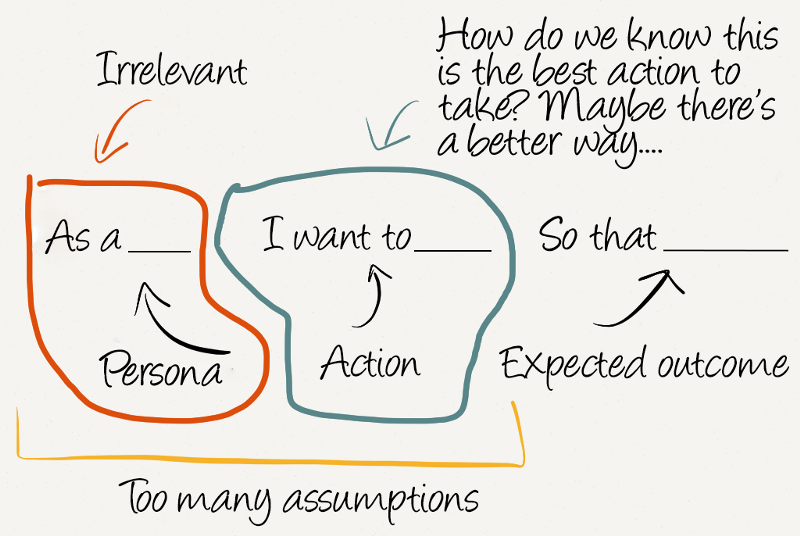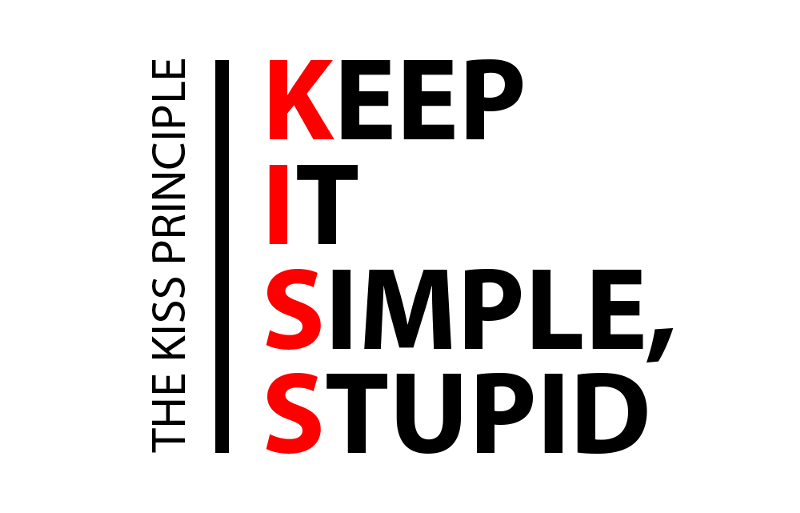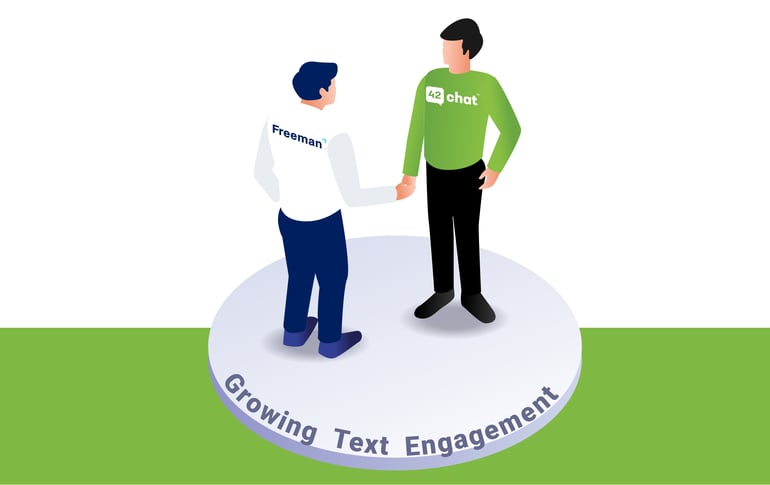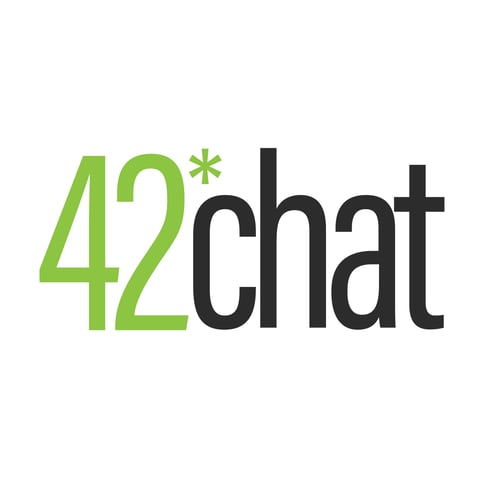It is human nature to greet the new and novel with a sense of excitement and anticipation for the possible, along with a good measure of skepticism. Bots are new and novel….people, while excited and curious about the possibilities, are dubious. So how do we ensure customer service chatbots deliver on the possibilities and don’t disappoint?
As we engage in the exploration of applying chatbot technology it can be very easy to be blinded by the possibilities. Bots become the proverbial hammer and everything looks like a nail. By focusing on what chatbots should do vs. what they can do increases the likelihood of delivering real value to customers and businesses.
The true measure of chatbots will be in their ability to fulfill unmet customer needs.
How do you determine what your bot should do? Enter Jobs-to-be-Done.
Jobs-to-be-Done
“People do not want to buy a quarter-inch drill, they want a quarter inch hole.” Theodore Levitt
The basic premise of the Jobs-to-be-Done (JTBD) Theory, which emerged in the early 1990’s, is that customers don’t buy products and services; they buy what the products and services do for them.
“Most companies segment their markets by customer demographics or product characteristics and differentiate their offerings by adding features and functions. But the consumer has a different view of the marketplace. He simply has a job to be done and is seeking to ‘hire’ the best product or service to do it.” – Clayton Christensen, et al Sloan Management Review article (Spring 2007)
The Jobs-to-be-Done perspective offers us a shift in our thinking that can deliver a more powerful outcome:
Focus On Problem = Iteration
Focus On Job = Innovation
Innovation by trying to improve upon an existing service or product (creating a better quarter-inch drill) is still merely iteration. By shifting our thinking, from analyzing how to improve the product or service to understanding better ways to create a quarter-inch hole (to get the job done), the outcome can be significantly improved often yielding innovation.
How do you determine what customers actually want and build a bot that fulfills their unmet needs? Enter Job Stories.
Job Stories
Developed by Intercom in 2013, Job Stories focus on situations, motivations and outcomes.

Job Stories define:
- The situation in which people encounter the job to be done
- Why they would like it done
- What a satisfying outcome looks like
If you already use User Stories, you are probably asking what is the advantage of Job Stories vs. User Stories?
User Stories have the following limitations:
1. Personas — (if utilized in a user story) are imaginary customers defined by attributes typically demographics. These attributes do not explain causality (why or motivation).
2. Implementation — of a user story is coupled with motivations and outcomes. This coupling makes it challenging to determine where you went wrong. Did you get the motivations wrong, misunderstand the desired outcome or screw up the solution?
3. Situations — are not reflected in user stories, which means your solution is not taking into account the context and anxieties of your customers.

The premise of Job Stories is that by understanding your customers’ situation, motivations and desired outcomes you will be more likely to build a product or service that customers will want because it fulfills their needs.
So how exactly do you utilize this in your own company?
Job Story 6 Step Process
1. Start with the high-level job.
2. Identify a smaller job or jobs that help resolve the higher-level job.
3. Analyze what people use to get the job(s) done currently.
4. Understand their motivations for choosing their current solution(s).
5. Define a Job Story (or Job Stories) that details the causality, anxieties, and motivations of what they do now.
6. Create (or find) a solution that resolves the given Job Story.
KISS Rules

In designing a solution that resolves a Job Story, it’s important to strive not only to fulfill the need, but also to accomplish it in the simplest way possible. Often we mistake making a product simple for making a simple product.
What’s the difference?
Product Simple: The focus is on removing unnecessary complexity so that the user can get the job the done with the least amount of friction (effort or complication).
Simple Product: The focus is on the smallest subset of workflow where the product delivers value.

HEART Framework
You will develop, fine-tune, and iterate your chatbot to address customer needs based on 1) the feedback you receive, 2) interaction with your bot, and 3) measuring the quality of the customer experience via the HEART Framework. The HEART Framework, developed by Google is one method to consider for collecting quantitative data and insight. Your chatbot’s purpose and functions will drive which measures of the framework you focus on. The measures include:
Happiness: Measures user attitudes, often collected via survey. Examples include: satisfaction, sentiment, perceived ease of use, and NPS (Net Promoter Score®).
Engagement: Measures the level of user involvement, typically via behavioral proxies such as frequency, intensity, or depth of interaction over a specified period of time. Examples: duration of chats, number of chats/user.
Adoption: This is simply new users. Example: the actual number of new user chats.
Retention: This is the rate at which existing users are returning. Examples: the number of previous chat users for a given time period that is still present in a later time-period.
Task Success: This includes traditional behavioral metrics of user experience, such as efficiency (time to complete a task), effectiveness (percent of tasks completed), and error rate. Examples: number of unanswered questions/unsuccessful resolutions, the ratio of chats requiring escalation to an agent.
In addition to using customer feedback to refine your chatbot, you will want to incorporate relevant, new bot technology features and functions as they emerge. Using Job Stories in your iterations will help you maintain focus and ensure you are developing a chatbot that is more usable and delivers greater value upon each release. Remember: iteration and innovation is critical. Your brand’s ability to deliver customer service, retain existing customers and continuing to attract new ones depends upon it.
“In hindsight, the job-to-be-done is usually as obvious as the air we breathe. Once they are known, what to improve (and not to improve) is just as obvious.” --– Clayton Christensen
So what do you think? Will customers hire your bot? And, continue to hire it?
42Chat is one of the leading pioneers of AI ChatBot for customer support and the global leader for EventBots. Our award-winning solutions have been deployed for events from 10 to 100.000+ attendees and can be used for any type of meeting, conference, festival or gathering. We have won more than a dozen industry awards including MPI WEC Tech Showcase 2018, National Sports Forum Tech Tank 2018, IMEX America #IMEXpitch 2017, SISO Innovation Battlefield 2017 and IBTM World Technology Watch 2017 and were named to CIO Review’s 10 Most Promising Conversational Platform Solution Providers list for 2018.




